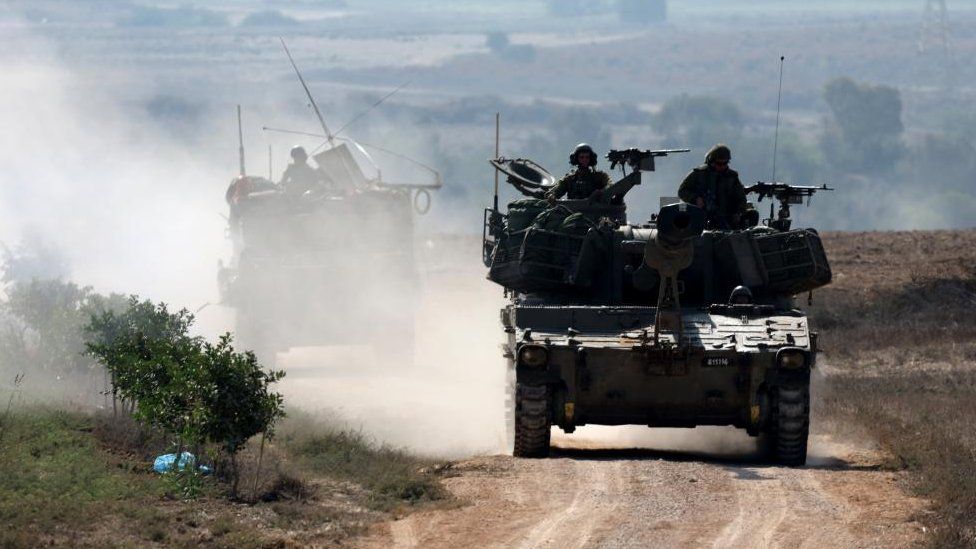-

-
-
Loading

Loading

The recent incident in Gaza where three Israeli hostages were mistakenly shot dead by IDF troops highlights the risks involved in armed hostage rescue missions. Retired British Army general, Maj Gen Charlie Herbert, raised concerns about the IDF's tactics, proportionality, and distinction in this case. Despite IDF's claim to avoid harming civilians, the high death toll in Gaza, which continues to rise, has led to accusations of indiscriminate bombing by Israel. History has shown that negotiations and mediation tend to be more successful in securing the release of hostages rather than armed intervention. Several examples were given, including the 1998 abduction of Western tourists in Yemen, where armed intervention resulted in the death of a quarter of the hostages. Israeli and Western special forces have honed their hostage rescue skills for decades, but successful missions do not always go as planned. The article mentions Operation Thunderbolt in Entebbe, Uganda, where most of the hostages were rescued, but the commander of the Israeli commandos lost his life. It also cites the 1980 SAS siege of the Iranian embassy in London as an iconic hostage rescue that took place in front of TV cameras. However, it resulted in casualties among the hostages. Several other examples of hostage rescue attempts are mentioned, all with varying outcomes. The article emphasizes that negotiations and mediation are ultimately the most effective means of resolving hostage situations. In the case of Hamas, they have been willing to negotiate the release of hostages, but the process often involves releasing prisoners, pausing fighting, and increasing aid. The article concludes by highlighting the need for a diplomatic solution in Gaza, as there is no military solution to the hostage issue.